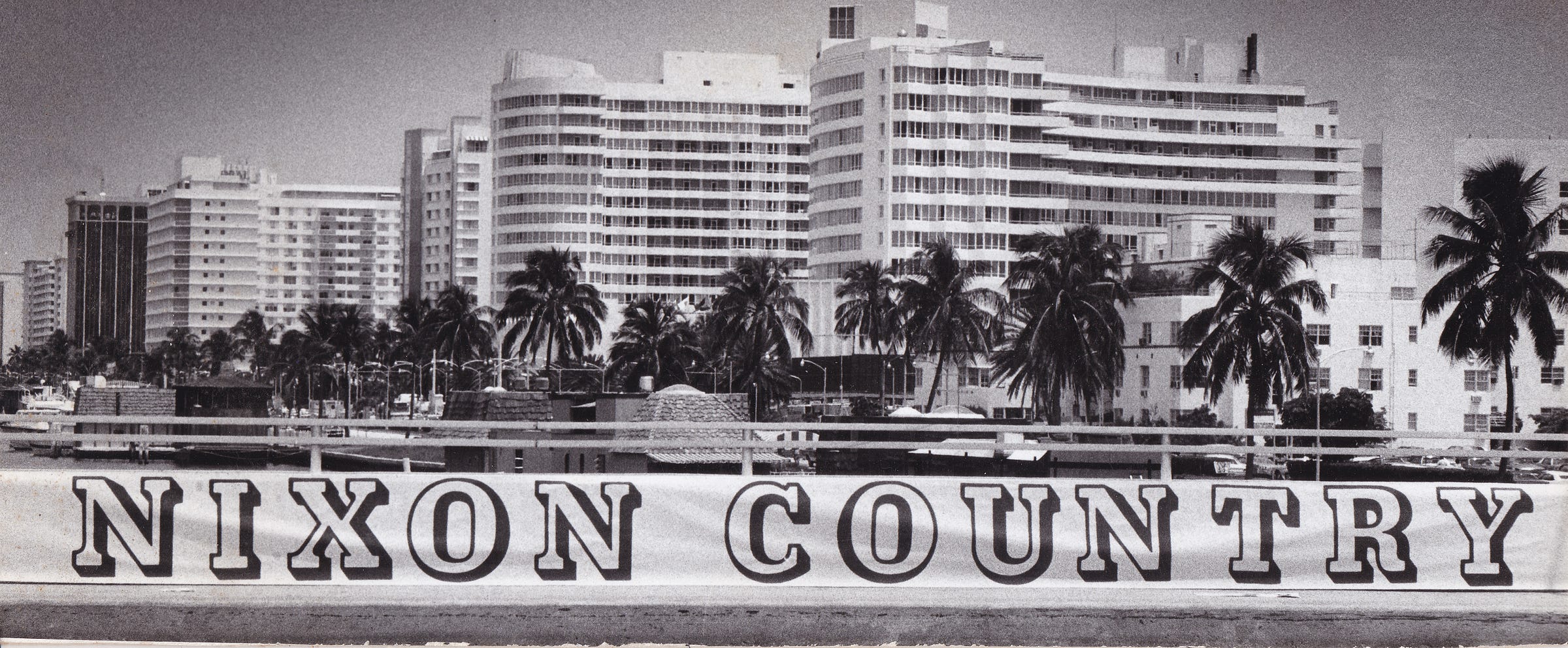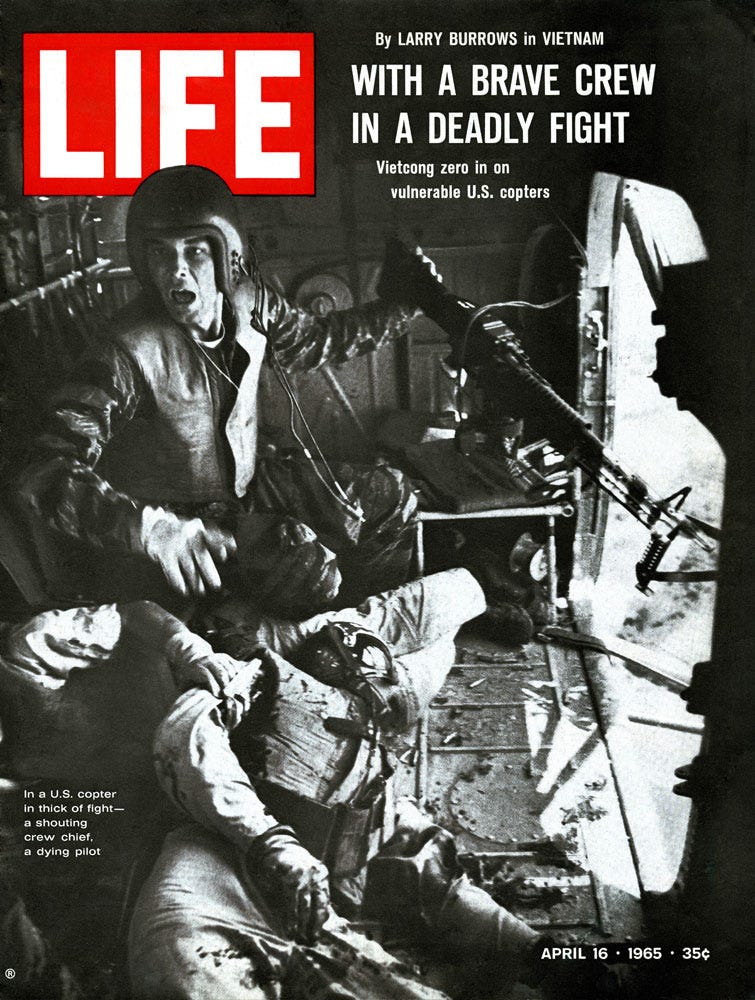Imagine it’s 1965. For most people, that’s only a page or less in a history book. Or you’ve seen the film of the Beatles playing at Shea Stadium.
For a sports photographer, there is a single photo from 1965 that stands out: Neil Leifer’s photo of Muhammad Ali standing over Sonny Liston.
If you’re a news photographer, Larry Burrows’ LIFE Magazine Yankee Papa 13 photo story is seared in your brain. Burrows’ photos show us the tragic day in the life of a helicopter door gunner, the crew, and the failed rescue of another chopper crew in a battle in Vietnam.
Editor’s note: Stop reading and follow the link to the Burrows’ story in LIFE and the YouTube video below. Know that Burrows along with three other journalists, Henri Huet, Kent Potter, and Keisaburo Shimamoto, died when their helicopter was shot down over Laos in February 1971.
I was in the Air Force at the time, waiting to complete my tour in North Dakota, working on the nuclear-equipped Fail-Safe version of the B-52s that were bombing North Vietnam, and trying my best to become a good photographer. Good enough that when I got home, I would abandon my original plans for a life as an engineer and become a news photographer.
The Burrows story on the cover of the April 16, 1965, magazine, and the photo story inside, cemented my destiny.
1968 confirmed my desire. The Tet Offensive, Khe Sanh, My Lai, Lyndon Johnson announcing he would not seek reelection, civil rights protests, the assassinations of Martin Luther King and Robert F. Kennedy, the Black Power salute at the Olympics, and Nixon's election as president.
I worked in camera stores throughout 1968 and eventually became a professional photographer for the University of Florida's news bureau, where I had the opportunity to photograph Jack Youngblood and the opening of Disney World.
In 1972, I began my career in newspapers and wire services at the Orlando Sentinel. My first road trip took me to Miami for the Republican National Convention, where I was assigned to cover Flamingo Park. This park served as the designated area for protest groups, including the Vietnam Veterans Against the War, the Students for a Democratic Society, and several smaller organizations that used the campground as a staging ground for their demonstrations.
The "Nixon Country" photo at the top captures a moment from a protest that marched down Biscayne Boulevard before being dispersed by baton-wielding police officers. Several photos from that assignment were published by the Associated Press, reaching an international audience.I understood that I wasn’t Larry Burrows, but I had become part of the fraternity on an international stage.



